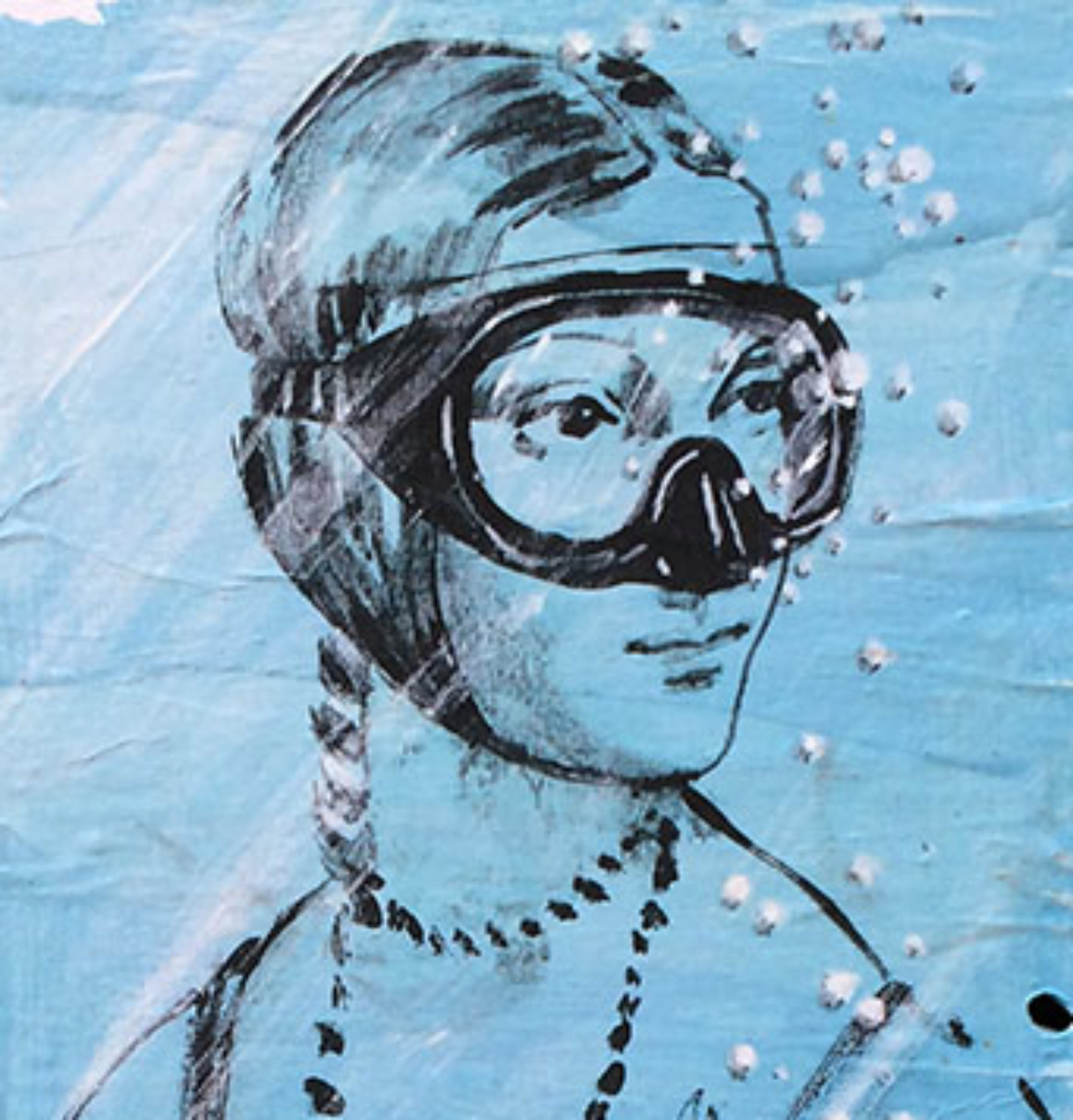Malmö konsthall den 14 september 2011 klockan 19 21
Inledare:
Linda Fagerström, konstkritiker, fil dr i konstvetenskap, lektor i Kulturvetenskap och Designteori vid K3, Malmö högskola
Elena Tzotzi, curator, Signal Center för samtidskonst, Malmö
Dan Jönsson, konstkritiker, Dagens Nyheter
Moderator: Thomas Millroth, konstkritiker, konsthistoriker och curator
Konstlivet har förändrats. I södra Sverige och i Danmark expanderar det, söker sig nya uttryck och platser. Konsthögskolan i Malmö har fått stor betydelse. Konstnärer från hela världen flyttar hit, förbindelserna med Köpenhamn och Berlin tenderar bli starkare. Nya gallerier öppnas samtidigt som de konstnärsdrivna initiativen är starka.
Vilken roll spelar kritiken i dagstidningarna i denna process?
Hur speglas den nya och äldre konsten i kritiken?
Är kritiken en del i samtalet om konsten?
Och den klassiska frågan återkommer: för vem skriver vi kritik?
Vårt samtal om konstkritiken kommer denna kväll att ha tonvikt på Skåne. Meningen är att samtalet ska vara öppet för hela publiken. Vi har särskilt bjudit in konstkritiker, konstnärer, gallerister, museifolk. Vi vill att det ska bli ett animerat och intressant samtal under kvällen. Därför har vi ingen egentlig panel, utan har valt några intressanta inledare. Elena Tzotzi representerar ett aktivt galleri och en mötesplats på en alternativ konstscen, Linda Fagerströms perspektiv omfattar både genus och en historisk överblick av kritikens betydelse, utformning och innehåll. Dan Jönsson har stor erfarenhet som kulturjournalist i press och radio.
Kvällen arrangeras av Sydsvenskans Kulturredaktion i samarbete med Svenska Konstkritikersamfundet och Malmö Konsthall.
